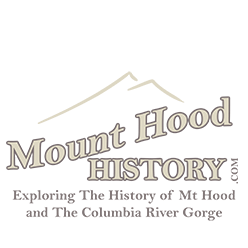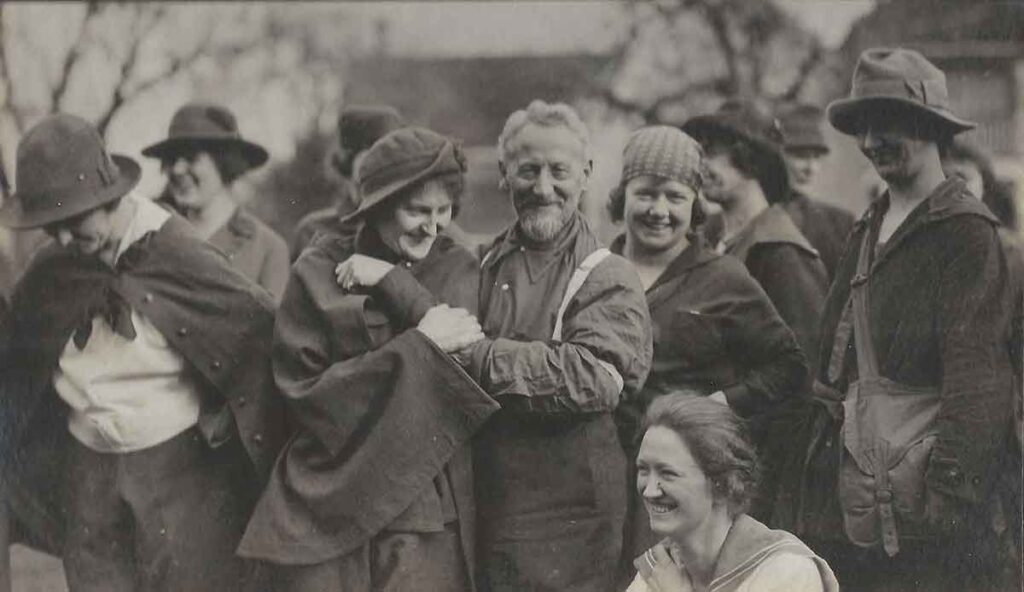The following account of the sense of humor of the legendary Adolph Aschoff, from Marmot Oregon, is from an entry to The Mountain Magazine in the early 1970’s.
Tag: adolph aschoff
Adolph Aschoff’s Letters Home
I acquired six real photo postcards in all. Every one written in old German language in Adolph Aschoff’s meticulous longhand penmanship. The writing is so small one almost needs a magnifying glass to read it.
Adolf Aschoff Marmot, Oregon
Marmot Oregon is located along the last stretch of the Oregon Trail, the old plank covered Barlow Road. Between 1883 and 1930 it was a destination for many people that came to experience the great outdoors and to launch their adventures on Mount Hood.

